AI at Work
How to Integrate an AI Writing Assistant in Your Existing Content Creation Process

Neelam Goswami · Content Marketing Associate
September 4th, 2025 · 11 min read

Content drives engagement and leads. Forbes reports 74% of companies credit content marketing with boosting lead generation. But at the same time, content marketers face mounting pressure to create better content, more of it, and faster, while maintaining quality across every channel.
Many teams worry AI-generated content will sound robotic or dilute their brand voice. Leading marketing teams, however, tell a different story. They're using AI writing assistants to amplify their brand voice across more channels, achieving 5-10x faster content production while strengthening quality and consistency.
These teams have mastered AI for deep content personalization, transforming single pieces into variations that resonate with different audience segments. Writers focus on strategy and creative direction while AI handles scaling and adaptation.
This guide provides a proven approach to embedding an AI writing assistant into your content pipeline for maximum efficiency, consistent brand voice, and measurable SEO gains.
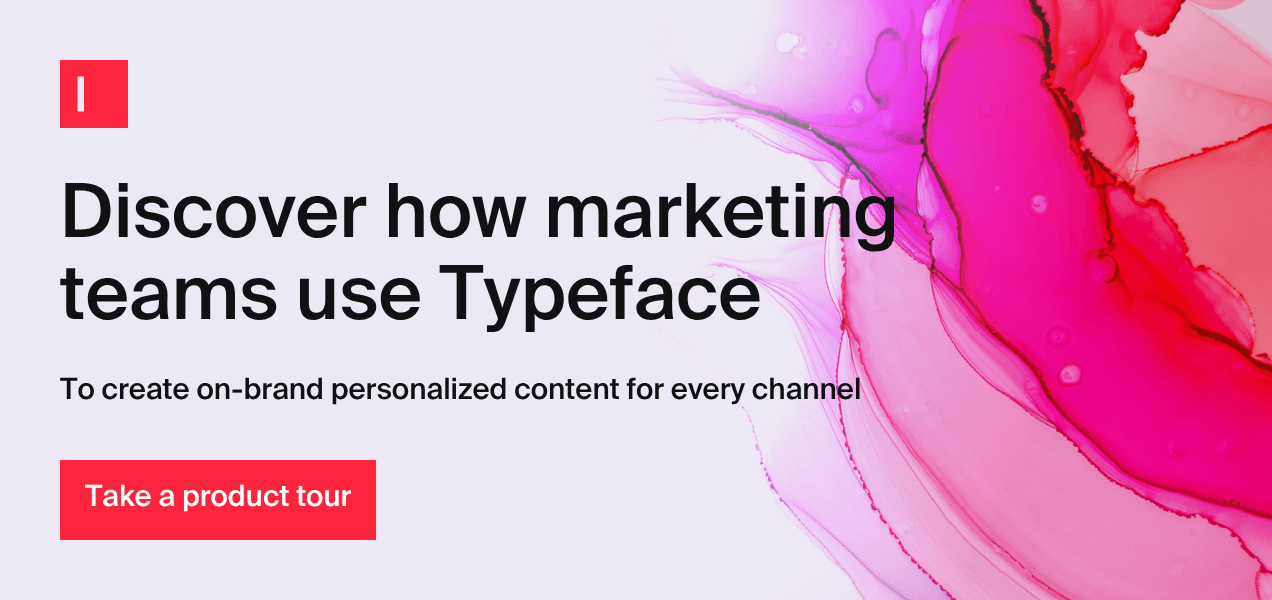
What is an AI writing assistant?
Think of an AI writing assistant as a skilled member of your content team; one that drafts content in seconds instead of hours. Modern platforms go beyond text generation and grammar checking; they analyze your successful content, learn your brand voice, and maintain consistency across blog posts, ad copy, and social media.
Typeface, for instance, transforms how marketing teams create content. Instead of staring at blank pages or endlessly revising drafts, teams use Typeface's AI agents to quickly generate targeted content. Need a data-rich blog post about industry trends? Drop in your key stats and source data. Creating Google Ads? Input your value propositions and target keywords.
Typeface combines this information with your brand guidelines and audience preferences to create content that sounds authentically like your brand. No complex AI writing prompts required, just clear goals and AI grounded in your data and brand.
Why use an AI writing assistant for marketing content?
AI writing assistants deliver immediate benefits for teams scaling content production:
Speed and scalability: Transform days-long blog creation into minutes-long first drafts, maintaining consistent publishing schedules without compromising quality or missing deadlines.
Creative breakthrough: Push past writer's block with fresh angles, unexpected approaches, and new perspectives on familiar topics.
Brand consistency: Train AI on your voice and identity guidelines. Typeface applies brand kits consistently across blog posts, social updates, and email campaigns, ensuring coherent messaging as content volume grows.
Audience personalization: Generate content variations tailored to specific segments using demographic data, interests, and behaviors while maintaining core messaging.
How to integrate an AI writing assistant in your existing workflow
Integration requires planning but doesn't need complexity. Enterprise platforms like Typeface integrate smoothly with existing marketing workflows.
Choose platforms prioritizing ease of use — ones your entire team can learn quickly regardless of technical background. Look for comprehensive onboarding, clear training materials, and responsive support.
1. Assess your current workflow
Map your existing content creation process from brainstorming to publication. Identify time-consuming steps, repetitive tasks, and pain points where AI can create the most impact.
Evaluate integration capabilities with your current tool stack. Typeface Connect offers hundreds of pre-built connectors, pulling brand assets from your DAM, accessing audience data from your CDP, and publishing directly to marketing automation platforms — all within one workflow.
Deep partnerships with Salesforce, Google, and Microsoft maximize existing investments. When creating campaigns, Typeface imports brand assets and audience segments, creates personalized variations, and pushes finished content directly to email platforms or social schedulers. For unique needs, open APIs enable custom workflows.
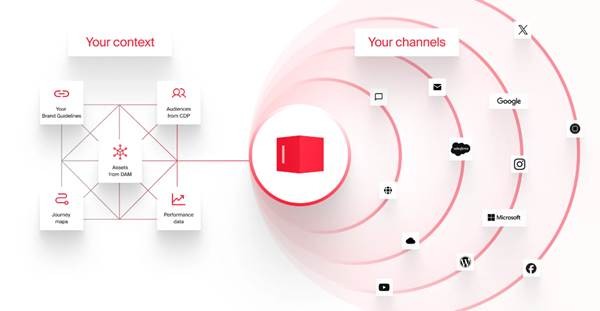
Connectors on Typeface for seamless integration
2. Set up your AI writing assistant with essential data
Effective AI content requires three key data sources:
Brand guidelines: Upload brand guidelines defining tone (professional vs. casual, technical vs. accessible) and visual style (colors palettes, product photography styles, logos, etc.). Typeface automatically applies these across all content types to ensure it consistently reflects your brand voice.
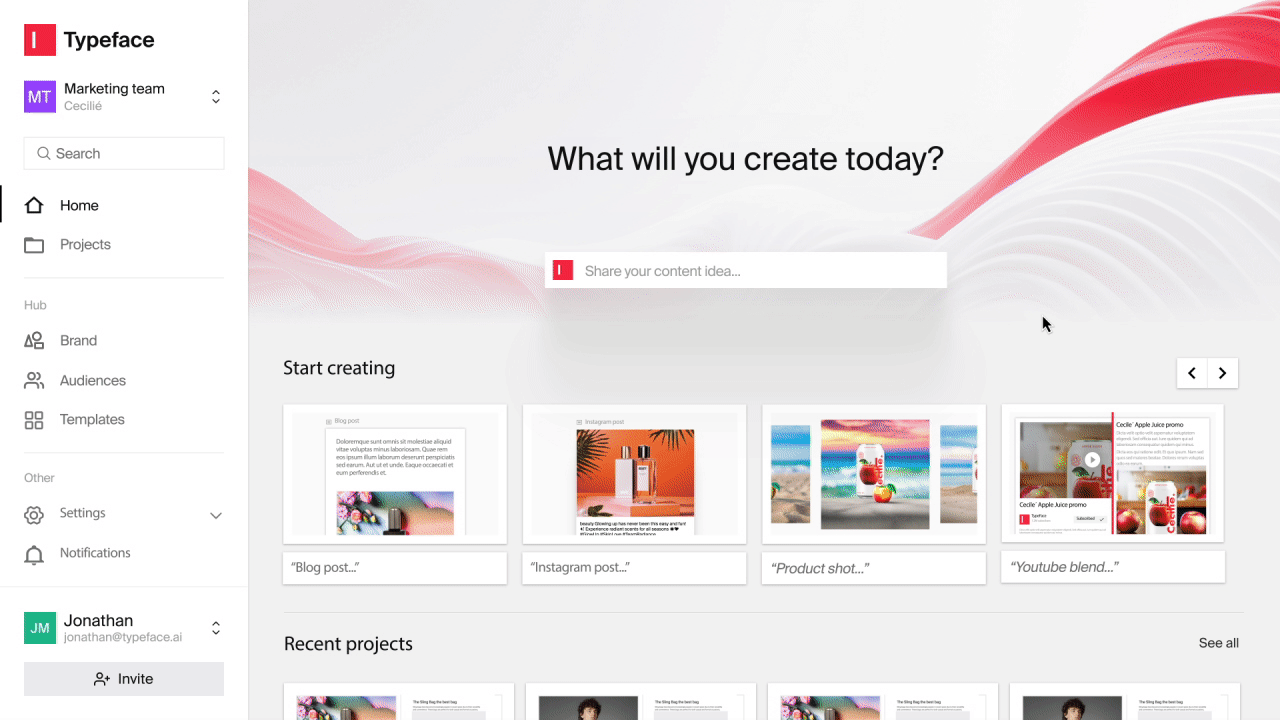
Saving your Brand Kit on Typeface
Audience intelligence: Build detailed audience profiles or import segments from your CDP. This enables automatic content tailoring for specific demographics and behaviors.
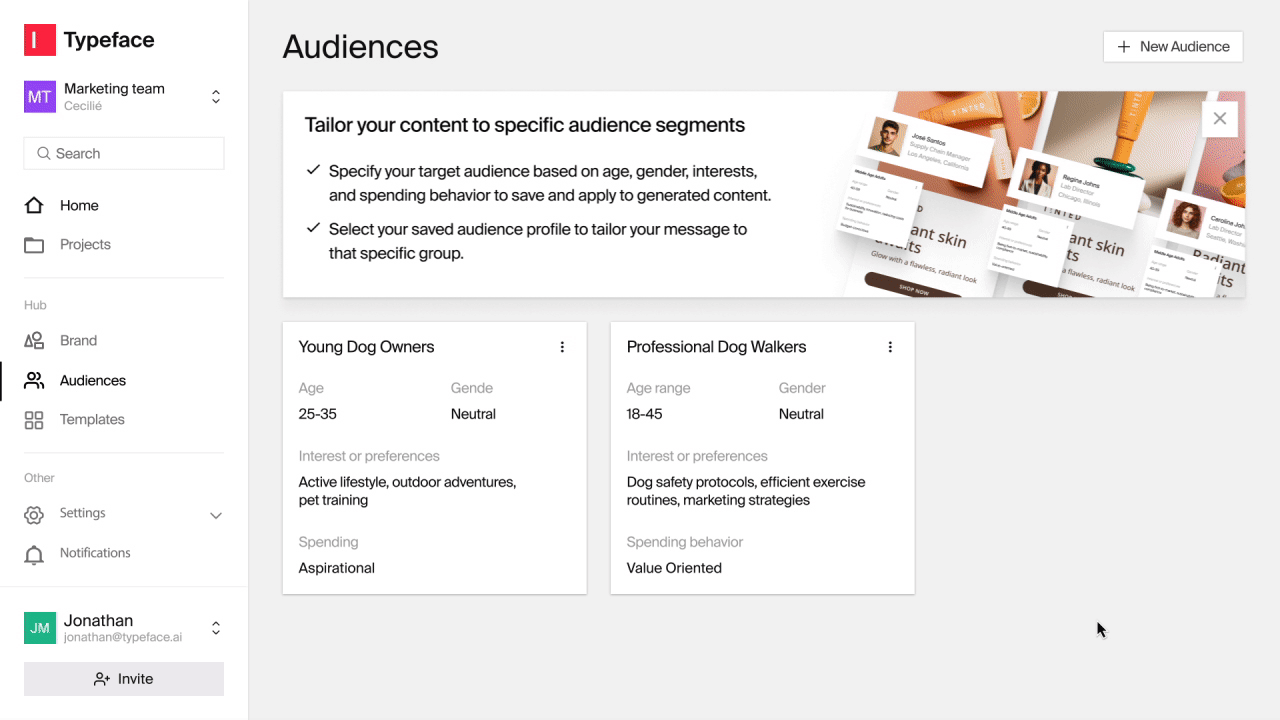
Saving Audiences on Typeface
Content foundation: Connect your DAM for product images, campaign assets, and brand visuals. Import high-performing content, testimonials, and documentation. This grounds AI output in your actual offerings and customer stories.
This combination of brand guidelines, audience data, and existing assets means AI generates content that's specifically tailored to your business, not generic AI output that could have been created for anyone.
3. Start with manageable tasks
To make the integration of the AI writing assistant into your existing workflow easier and simpler, start with small, manageable tasks where AI can immediately add value. This allows your team to gradually familiarize themselves with the AI writing platform and understand how it can complement their work, without overwhelming them.
Start by assigning simple tasks such as generating topic ideas or an outline for a blog. Just ask Typeface Chat to generate ideas for a blog post or an email subject line, and it will call upon the right AI agent for the task. So you don’t have to stress over writing detailed prompts or picking the right AI tools for everything.
4. Target strategic improvement areas where an AI writing assistant can help
Focus AI implementation on workflow bottlenecks affecting team efficiency.
This could be trouble keeping up with blog publishing targets or maintaining brand consistency in your copywriting projects while trying to meet the volume requirements.
Here are some examples.
a. AI writing assistant for blog ideation, writing and search optimization
AI dramatically reduces long-form content creation time. From just a topic and a few keywords, an AI text generation tool can create a high-quality first draft for you.
Typeface's Web Agent optimizes for target keywords, personalizes for audiences, and ensures brand adherence, cutting blog writing time by 50-90%.
Use Content Explainability for actionable performance insights. Set target audiences and objectives to receive performance scores, improvement suggestions, and brand alignment ratings.
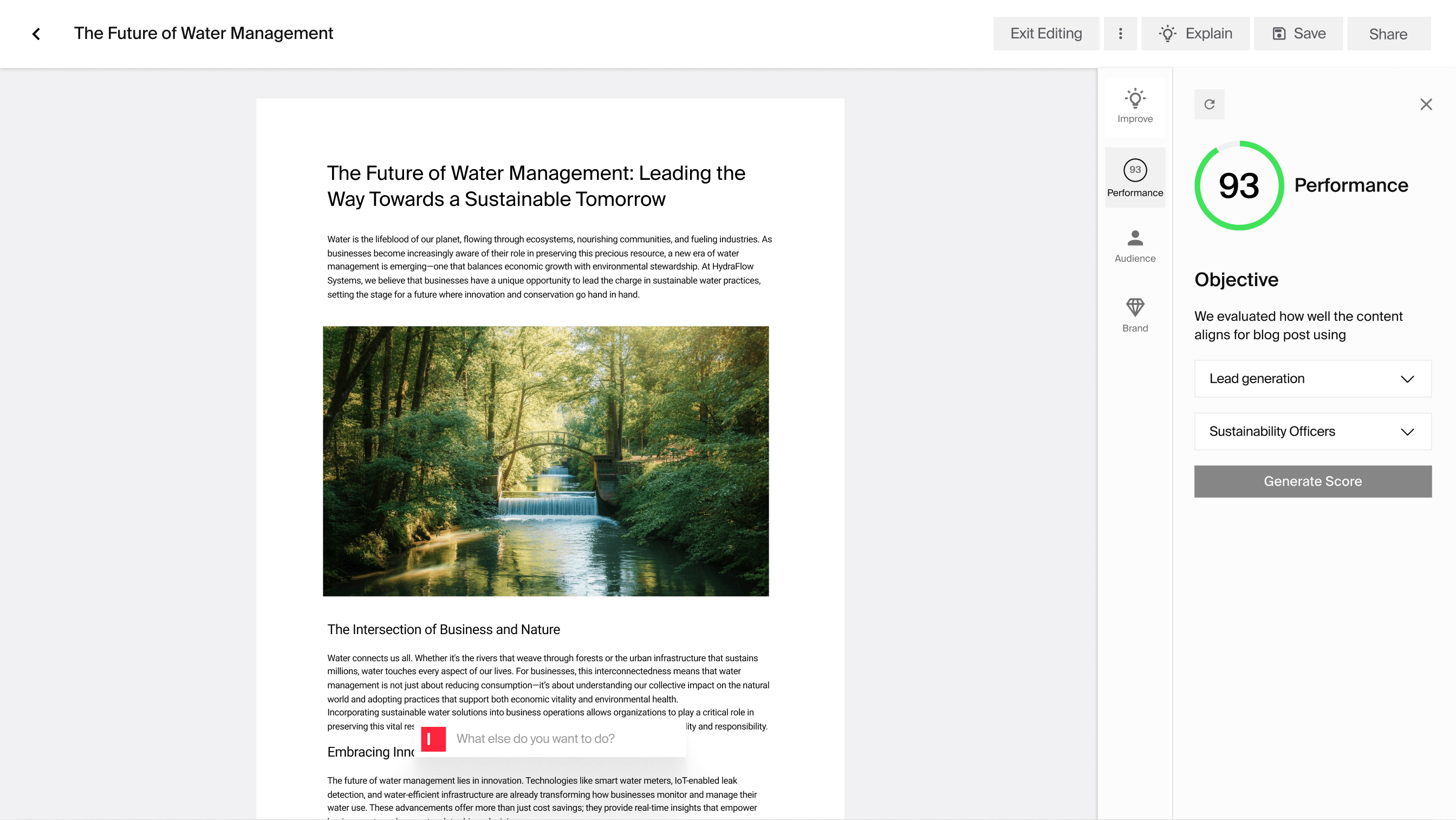
Content Explainability on Typeface
b. AI writing assistant for ad copy generation
Even experienced copywriters hit creative blocks when crafting ads. Distilling your value proposition into a compelling 30-character headline isn't easy.
Typeface Ad Agent can break through these blocks by generating multiple variations of ad copy tailored to each platform's requirements.
Rather than starting with a blank page, simply input your campaign objective and key product details. Typeface then creates platform-specific variations:
Google Search Ads with headlines and descriptions that maximize character limits
Meta Ad copy that balances storytelling with clear calls-to-action
Display ad copy paired with custom visuals or your existing creative assets
For example, our Ad Agent automatically generates Meta ad copy to include a product shot and relevant landing page link, so you can quickly launch complete campaigns. You can also add your pre-approved ad templates and let AI customize them for you.

With AI for ad governance, each variation maintains your brand voice while optimizing for the platform's best practices.
c. AI writing assistant for marketing and sales emails
Email offers your most direct connection with customers, but this also means that generic messages don't work. When you need to create hundreds of marketing and sales emails daily, maintaining quality and personalization becomes challenging.
Typeface helps you craft emails that feel personal even when sending thousands.
Our specialized Email Agent can generate single touch email campaigns or entire customer journeys with ease. For instance:
Marketing newsletters that highlight relevant products based on segment interests
Sales outreach emails that reference specific pain points and solutions
Nurture sequences that guide prospects through their buying journey
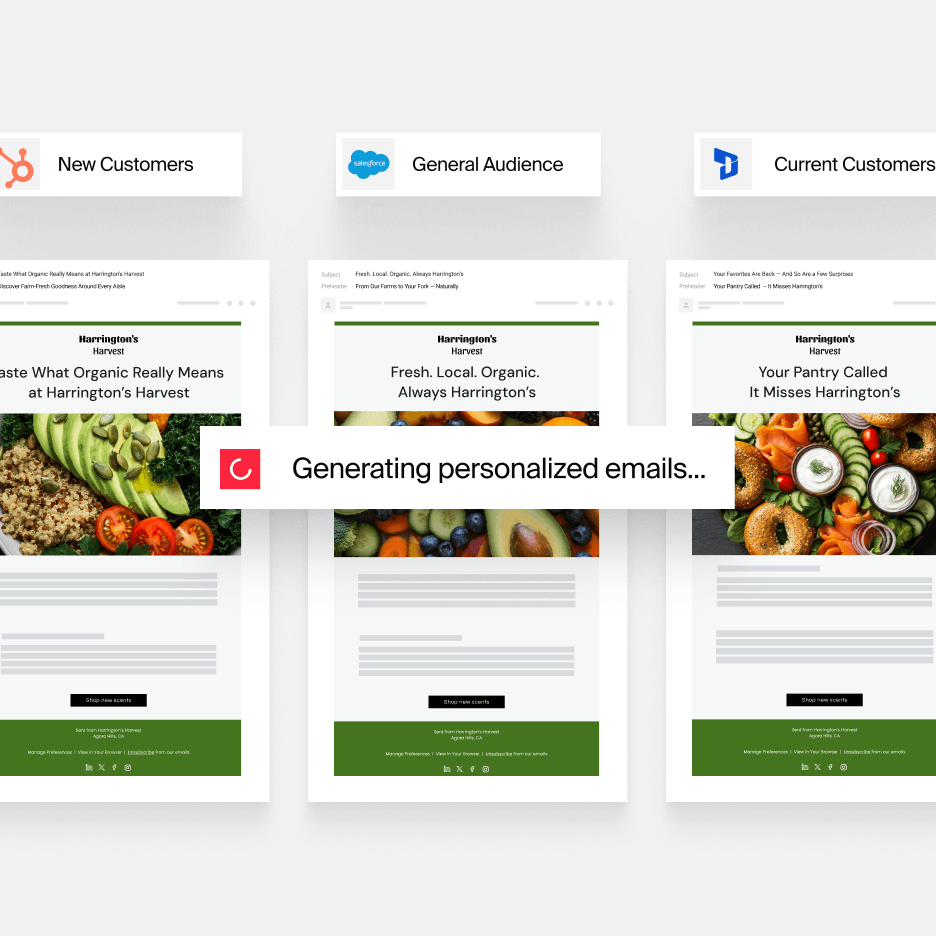
The AI ensures that your email is personalized with a catchy and relevant subject, follows the established Attention-Interest-Desire-Action (AIDA) framework, and remains consistent in terms of brand messaging.
d. AI writing assistant for summarizing and repurposing content
You've probably spent weeks creating that amazing eBook or whitepaper, only to watch it sit buried on your website. Instead of letting all that valuable content go to waste, why not break it down into dozens of social media posts and quick blog articles?
One big piece of content can easily become hundreds of smaller, shareable pieces that actually get seen.
Your AI writing assistant can transform existing content into multiple formats instantly. Convert eBooks into social posts, YouTube videos into blogs, podcasts into social content, and documents into press releases. Content repurposing with AI maximizes content lifespan and reach, with minimum fuss.

Repurposing a blog post into a newsletter on Typeface
On Typeface, this simply involves asking the AI agent to rewrite any content in your desired text format.
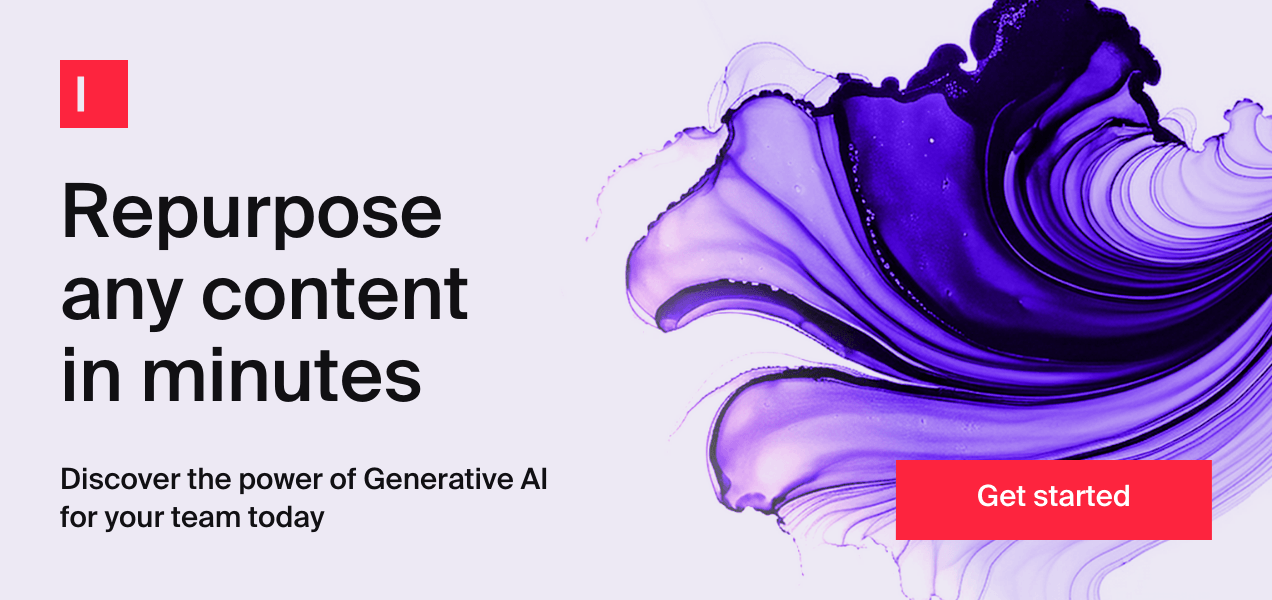
Best practices for ongoing success with AI writing assistants
Establish optimization cycles
Conduct monthly performance reviews analyzing engagement depth, conversion rates, and brand alignment. Use insights to continuously refine brand kits and audience profiles. Track which content types benefit most from AI versus human creativity to optimize resource allocation.
Develop governance frameworks
Create clear guidelines for AI usage with appropriate approval workflows. For instance, you could allow AI-generated social content to publish with minimal review while requiring human oversight for thought leadership. Treat AI training as a living system that evolves with your brand. It is also crucial to select AI marketing platforms that offer safe and responsible AI use checkpoints.
Foster collaboration culture
Encourage experimentation and knowledge sharing. Host regular "AI wins" discussions and provide ongoing training as capabilities expand. Successful teams develop AI literacy alongside traditional marketing skills.
Monitor brand consistency
Conduct regular brand voice checks across content types and channels. Use A/B testing to identify successful patterns and feed them back into your system, creating continuous improvement loops.
Scale strategically
Expand AI usage based on performance data, starting with high-impact, low-risk content types. Track team capacity and satisfaction alongside productivity metrics for sustainable growth.
Frequently asked question about using AI writing assistants
How can I balance AI-generated content with human creativity?
Treat AI as your first-draft partner. Let it handle initial work while your team adds original research, expert perspectives, customer stories, and strategic alignment. This collaboration produces content that's both fast and genuinely impactful.
How do I build AI skills within my content team?
Identify AI champions who understand the technology's potential and limits. Provide role-specific training demonstrating AI applications in your workflows. Encourage tip sharing and best practice development.
What should I consider for data security when using AI writing tools?
Select platforms that offer enterprise-grade security, content provenance, and strong data privacy safeguards. Set clear guidelines for AI usage that reflect your brand values and compliance requirements. Good AI governance isn’t about limiting creativity; it’s about giving your team the confidence to innovate while protecting your brand and customer trust.
Can AI maintain our brand voice and tone consistently?
Yes, Typeface allows you to train the system on your brand guidelines, sample content, and tone of voice. However, no matter what AI platform you use, human review is still essential to ensure nuance, context, and subtle brand messaging remain intact.
How do I measure the ROI of using an AI writing assistant?
To measure the real ROI of AI in marketing, track metrics like content production speed, cost savings, engagement rates, SEO performance, and conversion metrics. Compare these against pre-AI benchmarks to quantify the impact.
Will using AI affect our SEO or search rankings?
No, using AI for SEO content does not affect your search rankings. What matters is the quality, originality, and relevance of the content. AI can help generate SEO-friendly copy faster, but human oversight ensures the content provides real value and meets search intent.
How do I ensure my team embraces AI instead of resisting it?
Leadership context in AI rollout is the key to success. Involve them early, highlight benefits (like reducing repetitive work), provide hands-on training, and showcase success stories from within the team. Position AI as a supportive tool, not a replacement.
Get started today!
Integrating an AI writing assistant in your content creation workflow offers numerous benefits, from increased efficiency to consistent content quality. By analyzing your current workflow, starting small, and leveraging AI at the right moments, you can achieve phenomenal results.
If you haven’t experienced the efficiency boost that an AI writing assistant can bring to your content creation process yet, wait no more. Contact our sales team or get a demo of Typeface to see how it can transform your content strategy.
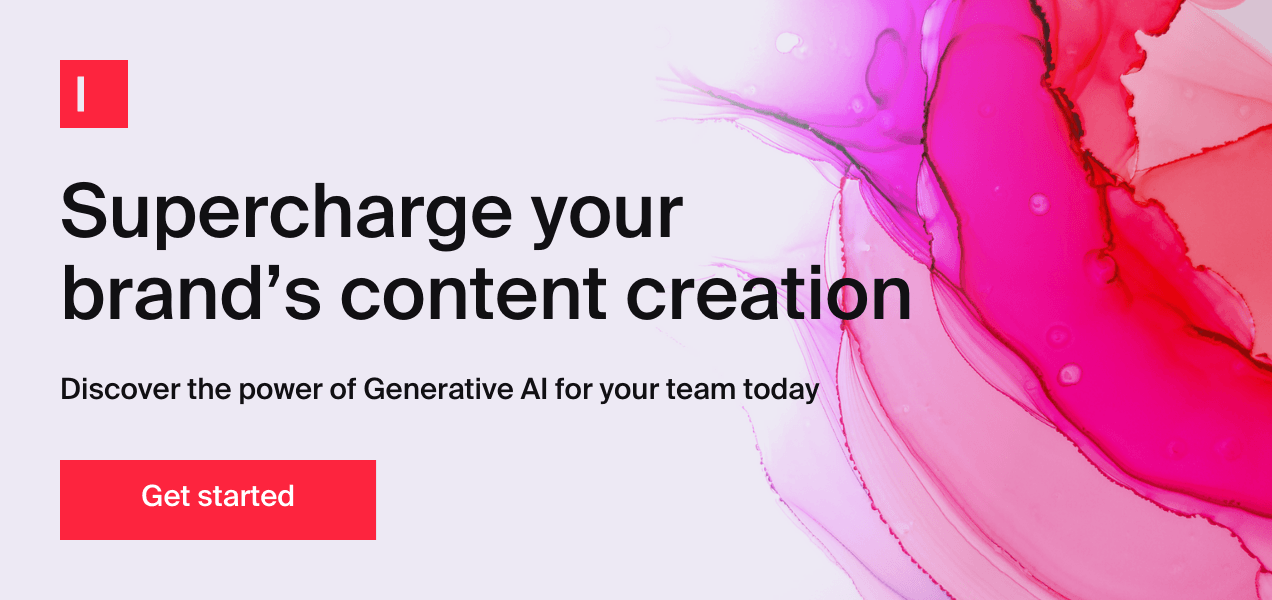
Share
Related articles
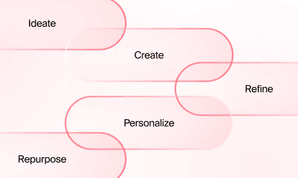
AI at Work
5 Ways to Get Started with AI for Marketing

Joanna Huang · Sr. Product Marketing Manager
June 5th, 2024 · 5 min read

AI at Work
7 Generative AI Use Cases in Enterprise Marketing

Neelam Goswami · Content Marketing Associate
November 12th, 2024 · 15 min read
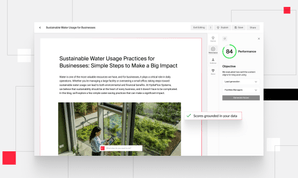
Product
Demystifying AI: Bringing Trust and Actionable Insights into Your Content Workflow

Saachi Shah · Product Manager
October 16th, 2024 · 5 min read